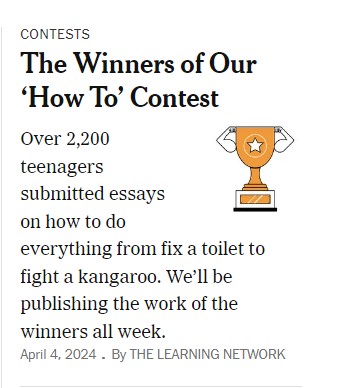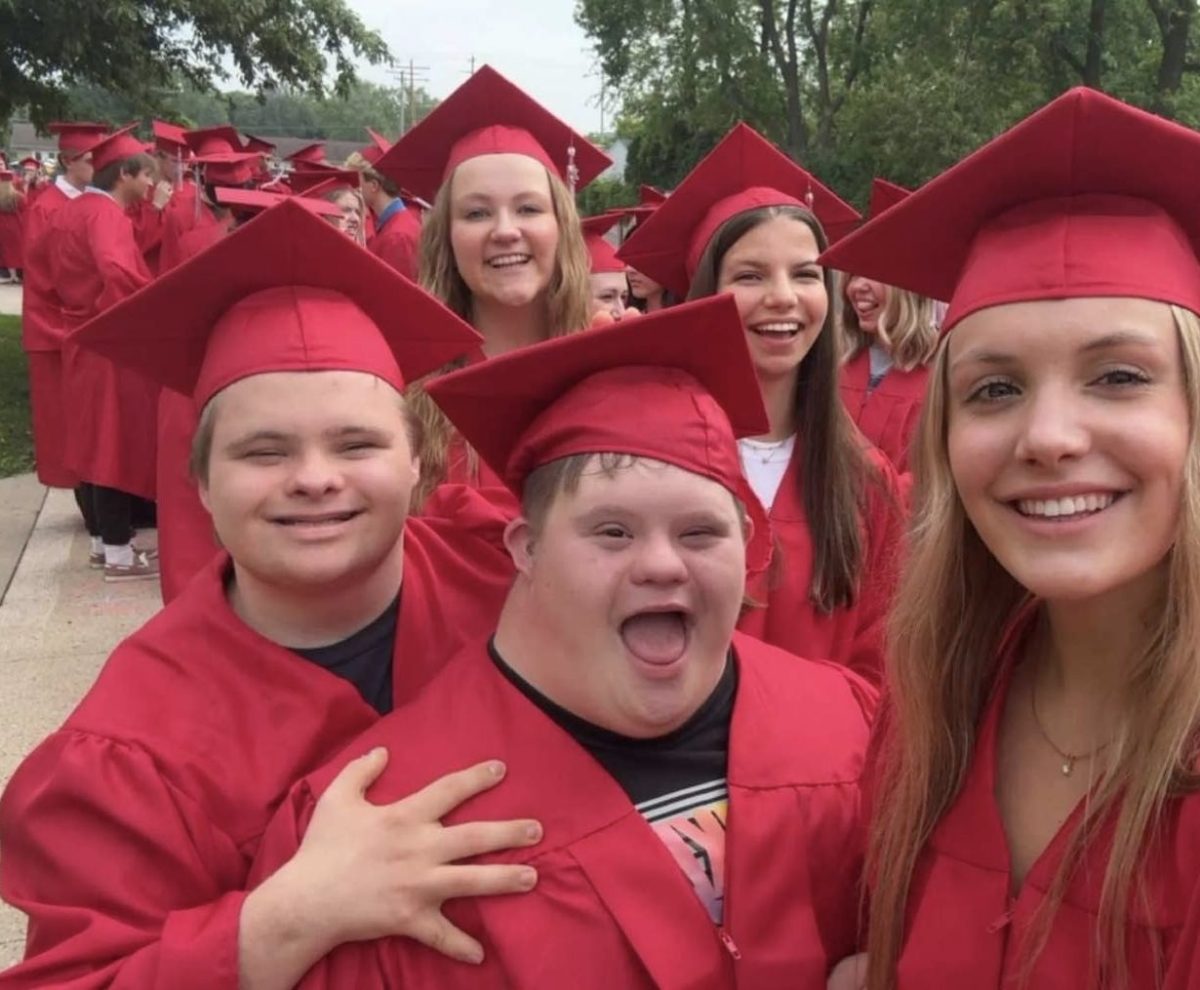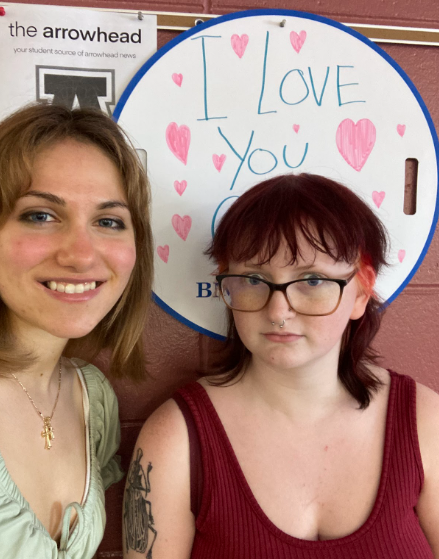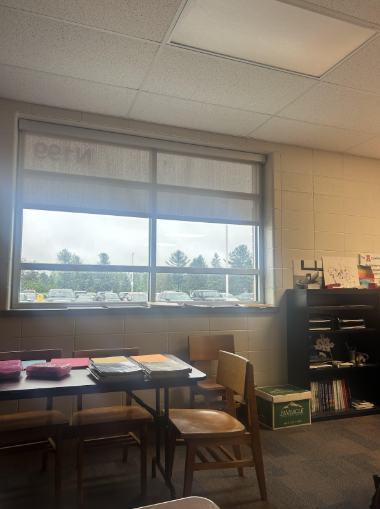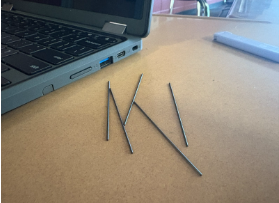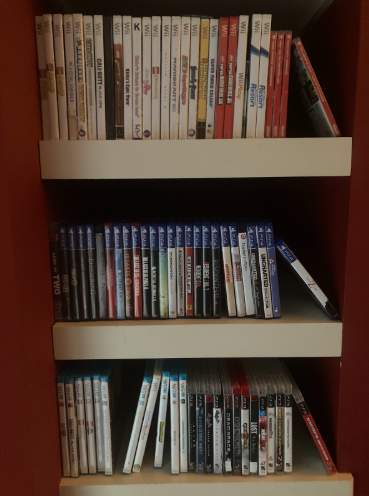In The New York Times “How to” essay contest, three Arrowhead High School students were honored. Junior Andrew Coraggio was named a runner-up for his essay “How to Find Gratitude in Everyday Life”.
Both senior Rachel Wieland and senior Brett Barker received honorable mentions for their essays. These submissions were written in Arrowhead’s Composition classes.
According to The New York Times, students aging from 13-19 were asked to write a 400-word description about how to do a task. The idea for the contest stemmed from The New York Times Tip column where people submit their “how to” descriptions with both serious and silly topics.
The New York Times challenged students to write their own “how-to” for (almost) any task. As long as the topic was appropriate, students had freedom to explain whatever they like. Just as the Tip column did, students needed to find, interview and quote one expert on the subject.
The contest ran from January 10 to February 14, 2024.
Coraggio said, “I find that not many people focus on gratitude every day, and I think that is a pillar of living a fulfilling life and being satisfied with yourself. I thought I had a chance of placing, just because of the abstract nature of how to find gratitude and the fact that I don’t think anyone else chose my topic as well.”
Winners were announced April 2nd, 2024, and posted on The New York Times Learning Network. In the article posted, The New York Times mentioned that there were over 2,200 submissions ranging from how to fix a toilet to fighting a kangaroo.
“When we were first assigned the piece, we were told to interview a classmate and I chose a close friend of mine. She is the one who picked the topic. But writing it was actually pretty easy. I used the quotes from the interview and mixed them with my own words throughout the essay. When I had written this for Advanced Composition I hadn’t thought I would place; this isn’t my best work, so I was surprised when weeks later I got an email saying I was an honorable mention,” Wieland said.
To submit to this contest, the work should’ve been the student’s own (no artificial intelligence or plagiarism), a student must’ve had one expert or someone that is knowledgeable enough about the subject that readers will trust their advice, and the expert could not be related to the author.
Barker said, “My inspiration was from my friend and coworker Noah who runs marathons (he just ran the London Marathon last weekend), he has a lot of interesting stories and he helped me to be a better runner so I chose him to focus on. I was not sure how I would do. I knew it was one of my favorite pieces I had written but it is easy to have too-high of expectations with personal bias. I’m glad to have made the list and was able to represent Noah well.”
Additional guidelines were that only one entry could be submitted per student, all entries had to be submitted by February 14th, 2024, at 11:59 PM Pacific time, and a student must submit an “artist’s statement” that reflects on what they did and why, and what was hard or easy about the contest.
“The requirements were generally not the most challenging, however, the limitations on the number of words was. When faced with writing that is so brief, I was forced to make the essay very dense with information and not much fluff, which I am used to including. I actually think that that is one of the reasons why it did well, is because of the lack of fluff,” Coraggio said.
The New York Times stated they had heard from teachers that writing an artist statement is very helpful to students because it allows them to step back from a piece and put into words what they wanted to express. It also lets them say why and how they made artistic choices to do that, and can help them see a piece from a new perspective and figure out how to make it stronger.
